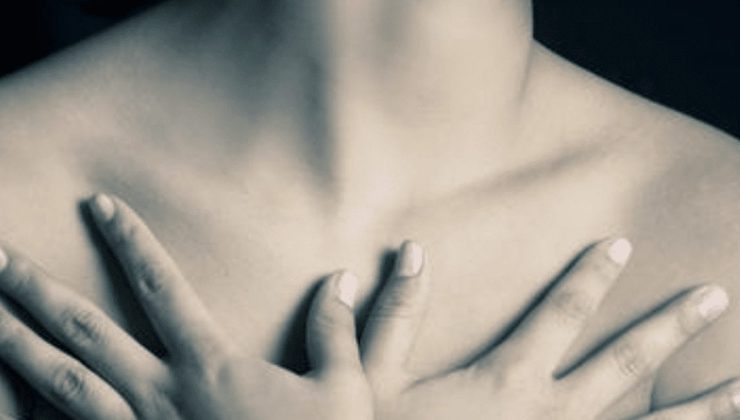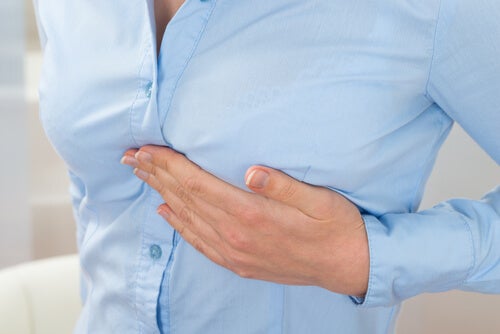
Similarly to the carbon dioxide in fizzy drinks, the air we swallow when we eat, drink, or chew gum can become trapped in the digestive system.

Too much of this gas can make a person burp, but it might also build up in the digestive tract and cause discomfort or pain. Excess carbonationĬarbonated drinks, for example, soda, tonic water, or sparkling water, have a fizz, provided by carbon dioxide gas. This pain often comes on quickly and can be experienced alongside other symptoms, including:Ī diet high in artificial sweeteners or sugar alcohols, such as sorbitol and xylitol, may cause digestive symptoms, including excess gas, in some people. However, if you have chest pain that is building in intensity, has lasted for several minutes, and isn't relieved by resting, you should get immediate medical attention.Share on Pinterest Carbon dioxide gas from fizzy drinks can be a cause of chest pain.Įating contaminated food can cause food poisoning, which may also explain gas pain in the chest. What to do when you're uncertainĪny time you're uncertain about the source of chest pain that is recurrent or lasts for several days, you should talk to your clinician. The key difference is that the chest pain is usually fleeting, lasting only a moment or two. These attacks-which can occur out of the blue or in response to a stressful event-include chest pain along with shortness of breath, palpitations, and dizziness. Psychological causes of chest painīoth anxiety and panic attack can cause symptoms very similar to angina. Pulmonary embolisms can be life-threatening, so the symptoms warrant a call to 911. The pain is often accompanied by a fast or irregular heartbeat, sudden difficulty breathing, or feeling lightheaded or faint.

Pulmonary embolism-a blood clot that has traveled into the vessels supplying the lungs-can cause chest pain. Unlike angina, it is likely to be accompanied by other symptoms, like fever, chills, or coughing. Pneumonia can cause shortness of breath and sharp pains that intensify with a deep breath. The following lung conditions often produce chest pain that may feel like angina. The pain results from the irritated layers of the sac rubbing together. The classic symptom of pericarditis is a sharp, stabbing pain in the center or left side of the chest that worsens when you take a deep breath or lie down. It has many different possible causes, including a virus or other infection, certain illnesses, an injury to the chest, radiation therapy for cancer, or a reaction to medications. Pericarditis is an inflammation of the pericardium, a protective, double-layered sac surrounding the heart. Costochondritis is commonly caused by trauma or overuse injuries, often during contact sports, or it may accompany arthritis. Common inflammatory causes of chest pain include the following:Ĭostochondritis. This condition, an inflammation in the chest wall between the ribs and the breastbone, can trigger a stabbing, aching pain that's often mistaken for a heart attack. Tissues in the chest cavity can become inflamed due to injury, infection, or autoimmune conditions, in which the body's immune cells attack its own tissues.

It occurs as the gallbladder contracts in an effort to pump bile around the gallstones that are blocking its passage to the liver. Gallbladder pain is usually felt just below the breastbone and may extend to the right arm or between the shoulder blades. A sudden pain that often occurs 30 minutes after you have eaten may be a sign of gallstones. These spasms can also trap food in the esophagus and prevent it from passing into the stomach. Sudden, forceful contractions of the esophagus, the muscular tube between the mouth and the stomach, can be painful. When chest pain-particularly pain in the lower chest- is triggered by a meal, it is likely to emanate from the digestive system, rather than from the heart, and can be due to the following:Īcid reflux or heartburn. When acid from the stomach flows up into the esophagus, it can cause a burning sensation in the chest reminiscent of a feeling of angina or often mistaken for a heart attack.Įsophageal spasm. (You can learn more about angina in the Harvard Special Health Report Diseases of the Heart: A compendium of common heart condition and the latest treatments.) Yet the heart isn't the only organ in the upper abdomen, and chest pain may be due to conditions affecting the esophagus, lungs, gall bladder, or stomach. or pain in the chest-occurs when plaque in the coronary arteries partially blocks blood flow and the heart muscle isn't getting enough oxygen and nutrients. Angina-feelings of pressure, heaviness, tightness. Heart disease not the only reason for that feeling of anginaĪlthough chest pain is often-and rightfully- associated with heart disease, other medical problems can be causes of chest pain.


 0 kommentar(er)
0 kommentar(er)
